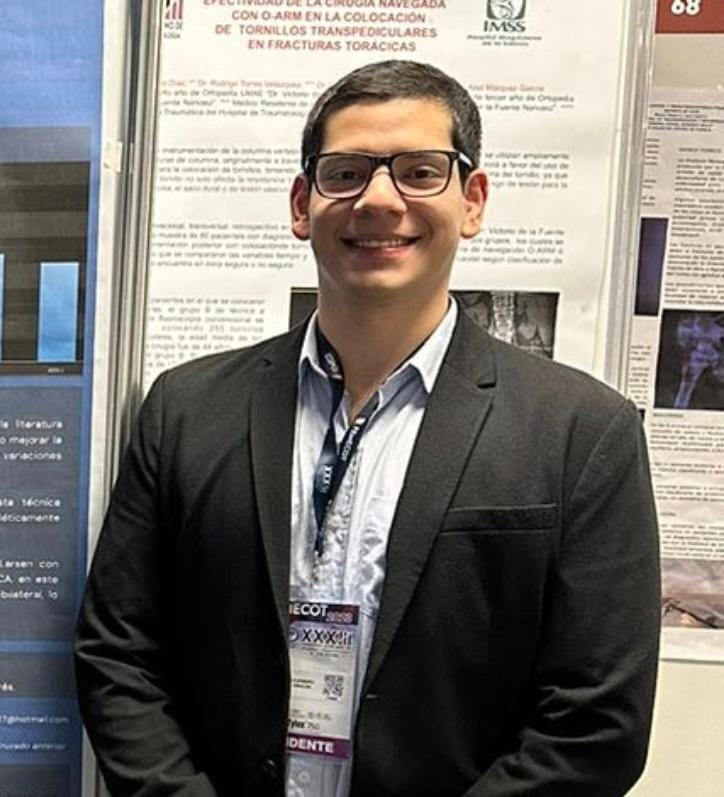Description
We present a 9-year-old female patient who suffers an accident with boat propellers, presenting direct trauma to both lower extremities, that resulted in the following diagnoses: left floating knee Fraser IIC + left distal femur growth plate injury S&H IV + open fracture G&A IIIA + left proximal tibia growth plate injury S&H + open fracture G&A IIIA + right peroneal defect + injury of the common peroneal nerve to the right lower extremity.
After initial evaluation a left knee arthroscopy + left knee osteosynthesis with screws was performed, finding a posterior horn injury of the medial meniscus with an avulsion and a 27 mm defect in the posterolateral region + partial injury of the ACL. The need for the placement of an artificial meniscal polyurethane implant was commented. A radiometry was also performed, which indicated a medial distal femoral hemiepifysiodesis.
Implantation of polyurethane meniscal scaffolds is an alternative indicated after lateral or medial partial meniscectomy in adults who are skeletally mature. This report is of a case of implantation of a polyurethane meniscal scaffold 5 months after a subtotal medial meniscal traumatic injury in a 9-year-old female patient secondary to a complex knee lesion case with a 6-year follow-up.
We present a 9-year-old female patient who suffers an accident with boat propellers, presenting direct trauma to both lower extremities, that resulted in the following diagnoses: left floating knee Fraser IIC + left distal femur growth plate injury S&H IV + open fracture G&A IIIA + left proximal tibia growth plate injury S&H + open fracture G&A IIIA + right peroneal defect + injury of the common peroneal nerve to the right lower extremity.
After initial evaluation, a left knee arthroscopy + left knee osteosynthesis with screws was performed, finding a posterior horn injury of the medial meniscus with an avulsion and a 27 mm defect in the posterolateral region + partial injury of the ACL. The need for the placement of an artificial meniscal polyurethane implant was commented. A radiometry was also performed, which indicated a medial distal femoral hemiepifysiodesis.
A revision arthroscopy + arthrofibrolysis and extensive synovectomy was scheduled as a second procedure, observing adequate integration of the meniscal implant. At the 14-month follow-up visit, the patient presented the following knee scales results, KOOS symptoms: 71.4, Pain: 88.8, Daily activities: 91.1, Function, sports and recreational: 70 and Quality of life: 50. 22 months postop there was a limited range of motion in the left lower extremity, so a new arthroscopy was performed and an adequate integration of the meniscus graft was observed.
At the 13-month follow-up visit after the last left knee arthroscopy, the patient presented a limb length discrepancy of 3.5 cm, so a left femoral elongation was performed with an external fixator, which was removed 12 months later. The last follow-up visit took place in August 2023, 6 years after the initial surgery, presenting the following knee scale results: KOOS symptoms: 92.8, Pain: 94.4, Daily activities: 95.5, Function, sports and recreational: 85, Quality of life: 100. Full range of motion of both legs was documented, as well as the absence of meniscal, ligamentary or patellofemoral symptoms.




